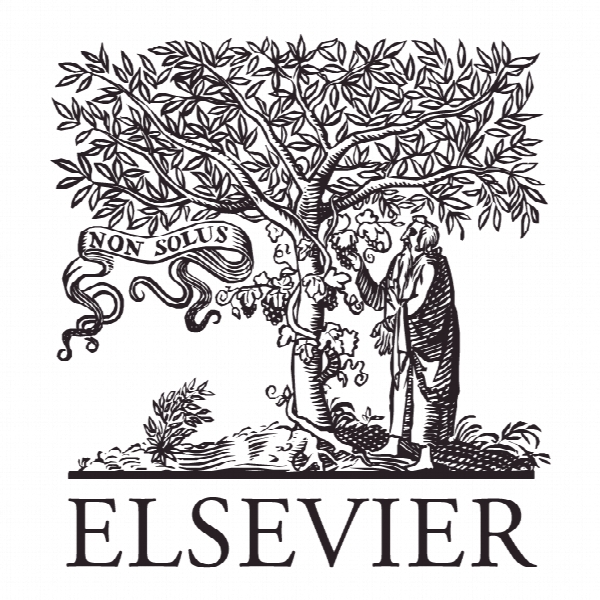هزینه اضافی تجهیزات اطلاعات و ارتباطات برای اندازه گیری هوشمند و شبکه های هوشمند Exergy cost of information and communication equipment for smart metering and smart grids
- نوع فایل : کتاب
- زبان : انگلیسی
- ناشر : Elsevier
- چاپ و سال / کشور: 2018
توضیحات
رشته های مرتبط مهندسی کامپیوتر، فناوری اطلاعات، فناوری اطلاعات و ارتباطات
گرایش های مرتبط شبکه های کامپیوتری، سامانه های شبکه ای
مجله انرژی پایدار، گرید ها و شبکه ها – Sustainable Energy
دانشگاه Hochschule für Telekommunikation Leipzig (HfTL) – Germany
منتشر شده در نشریه الزویر
کلمات کلیدی انگلیسی Advanced Metering Infrastructure (AMI); Home Area Network (HAN); Information and Communication Technology (ICT); Smart Grids; Exergy-based Life Cycle Assessment (E-LCA); Environmental Sustainability
گرایش های مرتبط شبکه های کامپیوتری، سامانه های شبکه ای
مجله انرژی پایدار، گرید ها و شبکه ها – Sustainable Energy
دانشگاه Hochschule für Telekommunikation Leipzig (HfTL) – Germany
منتشر شده در نشریه الزویر
کلمات کلیدی انگلیسی Advanced Metering Infrastructure (AMI); Home Area Network (HAN); Information and Communication Technology (ICT); Smart Grids; Exergy-based Life Cycle Assessment (E-LCA); Environmental Sustainability
Description
I. INTRODUCTION THE realization of the smart grid will only be possible by a pervasive deployment and use of information and communication technologies (ICTs) on top of the electricity grid [1]. It is the ICT in the smart grid, which will enable an improvement of the efficiency of current electricity production, distribution, and consumption systems as well as support an efficient integration of distributed renewable energy sources. This fact gives ICTs a very important role in smart grids, making them a very involved part of the overall electricity supply system [2]. The future electricity grid will be augmented by a magnitude of additional ICT equipment. Smart meters, power line communication (PLC) modems, data concentrators, data and control center (DCC) servers, switches, and routers are just some of them. Additional to exploiting the potentials for optimizing the generation, distribution, and consumption of electricity in future smart grids, these components and devices also need electricity to proper function, so they will unavoidably contribute to increased electricity consumption. Moreover, production, transport, and disposal of the additional ICT equipment for smart grids also require energy and cause e-waste, thereby causing a pollution of the environment. These facts have also to be carefully taken into consideration when assessing the impact of future smart grids. In this paper, we apply a holistic framework to assess the environmental impact of smart meters and additional ICT equipment, which is required for implementing the advanced metering infrastructure and home area network applications as essential parts of the future smart grid. The holistic framework has been briefly explained in a recent conference paper [3], which also presents a few preliminary results on environmental sustainability of advanced metering infrastructure (AMI). In this correspondence, we provide a more exhaustive description of the framework and show results of an extended study by considering additional to advanced metering infrastructure also a part of the customer domain such as the home are network (HAN), which on the one hand, opens new possibilities for increasing the energy efficiency in the customer domain but, on the other, leads to a higher overall energy consumption of the ICT equipment. The key question that we address in this study is how large is the environmental cost of an implementation of AMI and HAN and what are possible ways to mitigate the environmental impact of the additional ICT components. The paper is structured as follows. The next section introduces the exergy-based life cycle assessment (E-LCA), which is used here to assess the sustainability of the advanced metering infrastructure (AMI) and home area networks (HANs). The application of the E-LCA method is presented on a case study of smart grid deployment for the city of Vienna. Section III describes the considered scenario. In Section IV, results at the component level are presented, while in Sections V and VI, we show and discuss results on the sustainability of the entire system with varying equipment lifetimes and configurations. Section VII summarizes and concludes the paper. Finally, Section VIII discusses future work.


